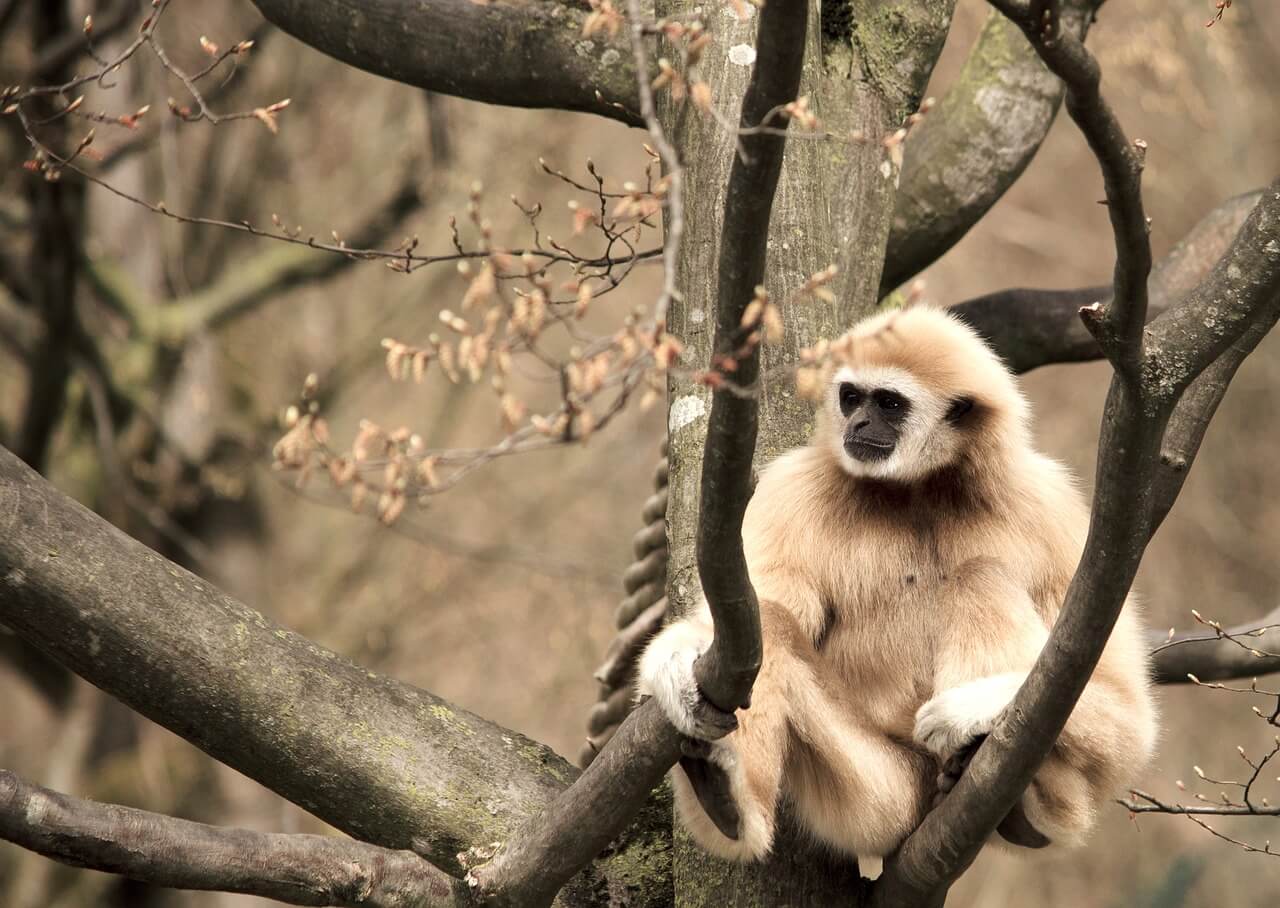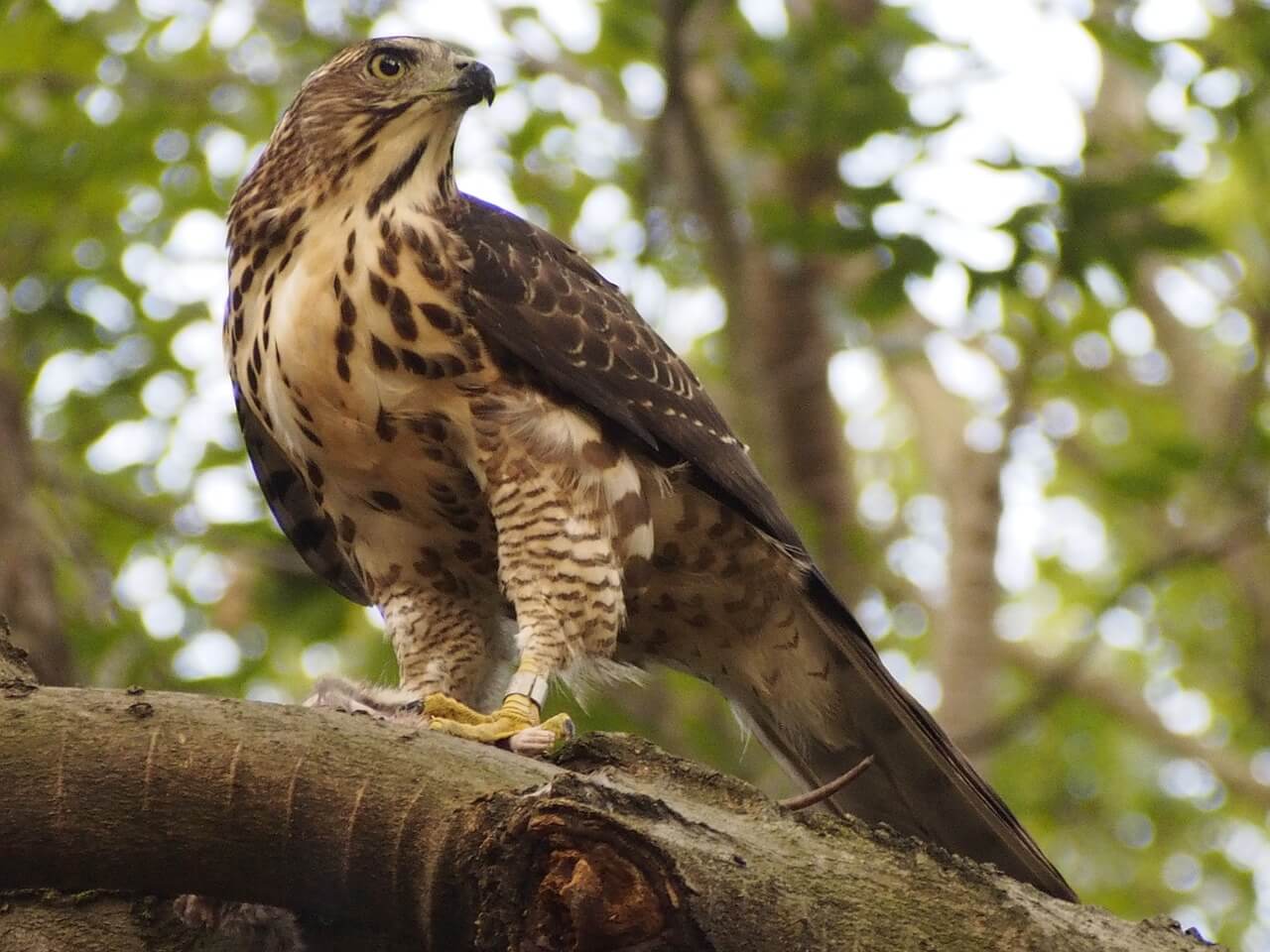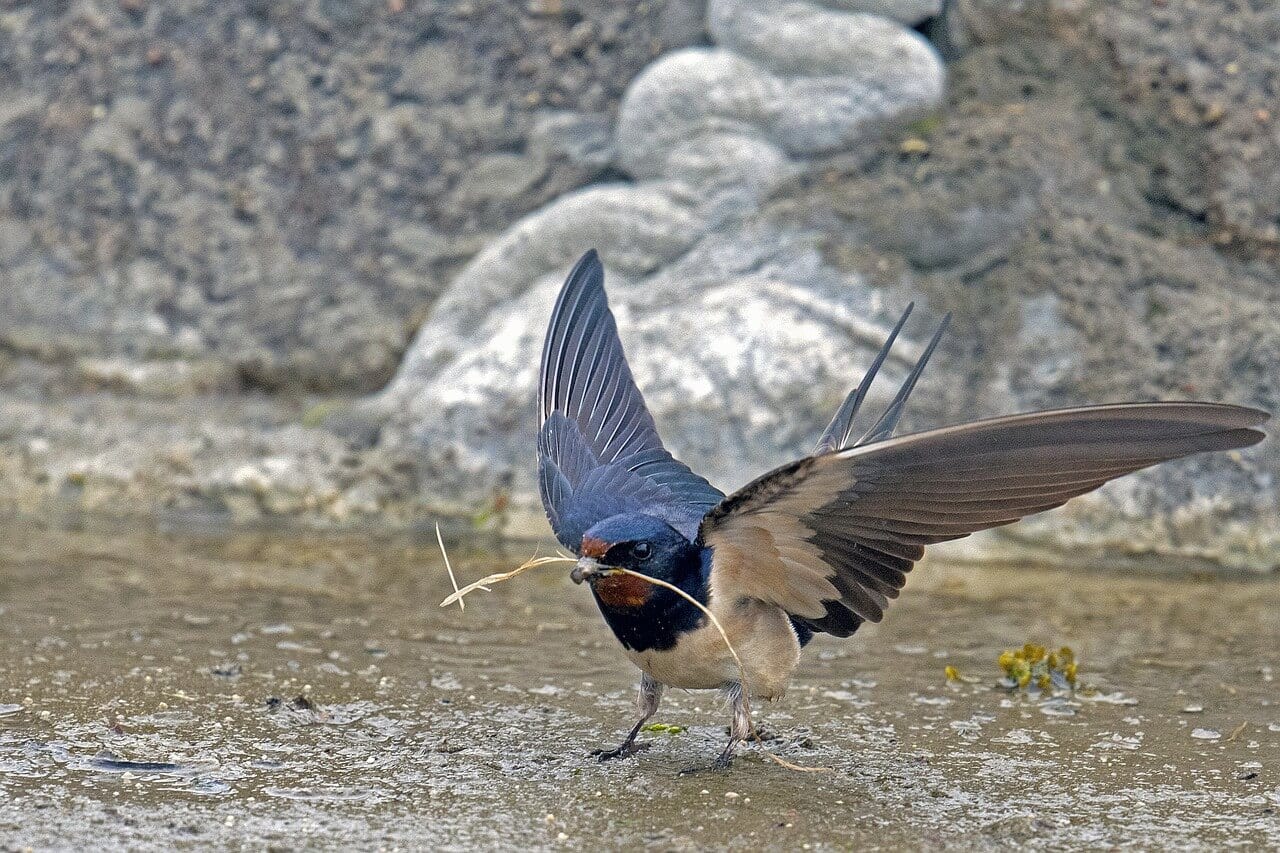Erawan National Park is named for a beautiful waterfall located within the park borders. However, it is also one of the best places in the world to observe wild animals in their natural habitats. Located in central Thailand, Erawan National Park is home to a varied collection of creatures, including a few of the world’s most spectacular animals.
Interestingly, while Erawan National Park is primarily dominated by broadleaf rainforest, it receives less rain than most of the surrounding area. This is primarily a result of its location. The surrounding hills and highlands help block the eastern monsoons, thereby keeping the area slightly drier than the surrounding region.
We’ll detail some of the most noteworthy animals that live within the park below and provide a few helpful tips for seeing as many species as possible during your visit to the park.
Large Mammals
Although large mammals are usually associated with wide-open habitats, this forested park hosts several impressive species.
Erawan National Park is home to a large number of mammal species. This includes many that aren’t that different from the ones living in the U.S. or Europe. For example, red giant flying squirrels and Burmese hares are both relatively similar to the flying squirrels and rabbits in other parts of the world.

Nevertheless, the park is also home to a few spectacular species. Indian elephants are easily the most noteworthy. These large and powerful mammals are some of the largest terrestrial animals on earth. However, they have a few important adaptations – such as smaller ears than their African counterparts. This allows them to live in the dense forests of the region.
Several deer and antelope species, including the barking deer and Indochinese serow, also call the park home. Erawan also has one native primate species – the cream-colored lar gibbon, which spends most of its time high in the forest canopy.
Reptiles of Erawan National Park
A diverse array of reptile species live within Erawan National Park’s borders.
A number of reptiles inhabit Erawan National Park. Most of the park’s native reptiles are rather small and secretive, so they’re difficult to spot. However, there are a few important species of note, that visitors will often have the chance to see.

The tokay gecko is one of the park’s most common lizard species. These nocturnal geckos aren’t seen very often, but you’ll likely have the opportunity to hear them calling in the night, as they attempt to defend their territories from other tokay geckos and to attract mates.
A variety of snake species also call the park home. The golden tree snake is one of the most commonly spotted as it climbs through the trees hunting lizards and other small prey. Most such species are harmless to humans. However, a few – including several kraits, the Kanburi pit viper, and the infamous king cobra – are venomous and demand respect.
Birds of the Rainforest
Erawan National Park is home to more than 120 different bird species.
Birds can be seen and heard throughout Erawan’s forests. This includes relatively small species, such as the perpetually flying barn swallow and several bee-eater species that live within the park. However, a number of large species also inhabit the region. This includes birds of prey, such as the crested goshawk and the unusual and fascinating Oriental pied hornbill.

Several bird species also live near the park’s rivers and lakes. This includes three different species of kingfisher, the green sandpiper, and the Chinese pond heron, among others. Little cormorants and white-breasted waterhens are also commonly seen around the park’s waters.
There are also several different cuckoo species living in the park, including the beautiful banded bay cuckoo and the Himalayan cuckoo. In total, the park is home to eight different cuckoo species.
Wildlife Viewing Tips
Employ the following tips to ensure you see as many species as possible during your Erawan adventure.
Erawan National Park is a fantastic place to see wild animals, but that doesn’t mean it’s always easy to spot them. If you want to have a good chance of seeing as many wild animals as possible, be sure to employ the tips and tricks discussed below.
- Visit during the winter for the best weather. You’ll have a better time during your Erawan adventure if you visit during the winter (November to January). By this time, the temperatures have already fallen to an average of 86 degrees Fahrenheit, and the rainy season has concluded. Not only will you be more comfortable during this time of year, but many of the local animals are also most active during this time period.
- Take advantage of the guided tours available. You can certainly find a number of animal species while exploring the park on your own. However, you’ll undoubtedly have more success if you join a guided tour. Most of the tour guides working in the park are very familiar with the local species. This means they can often help you spot animals engaging in natural behaviors.
- Use common-sense safety precautions to keep yourself safe. Erawan National Park is largely safe, but you don’t want an unfortunate encounter with wildlife to ruin your trip. So, be sure to watch where you step to avoid the park’s native venomous snakes, wear insect repellent to protect you from the local mosquitos, and always give the park’s resident elephants a wide berth.
- Bring a good pair of binoculars. Many of the animals in Erawan National Park will keep their distance from humans, but a good pair of binoculars will help you see these animals from afar. In fact, binoculars are especially important for enjoying the many bird species that call the park home.

Tell Us About Your Experiences!
Erawan National Park may be most famous for it’s beautiful and picturesque waterfalls, but its impressive collection of animal species is also an important part of its draw. Just be sure to employ the tips mentioned above during your visit. This will help you see as many different species as possible.
Have you ever visited Erawan National Park? We’d love to hear about it. Tell us all about your adventure, including the animal species you observed. We also encourage you to share any animal-viewing tips that may help out fellow readers planning on visiting the park.














![Red Angus Closeup of a beautiful Red Angus cowPhoto by: U.S. Department of Agriculture [pubic domain]https://creativecommons.org/licenses/by/2.0/](https://animals.net/wp-content/uploads/2020/03/Red-Angus-4-100x75.jpg)

